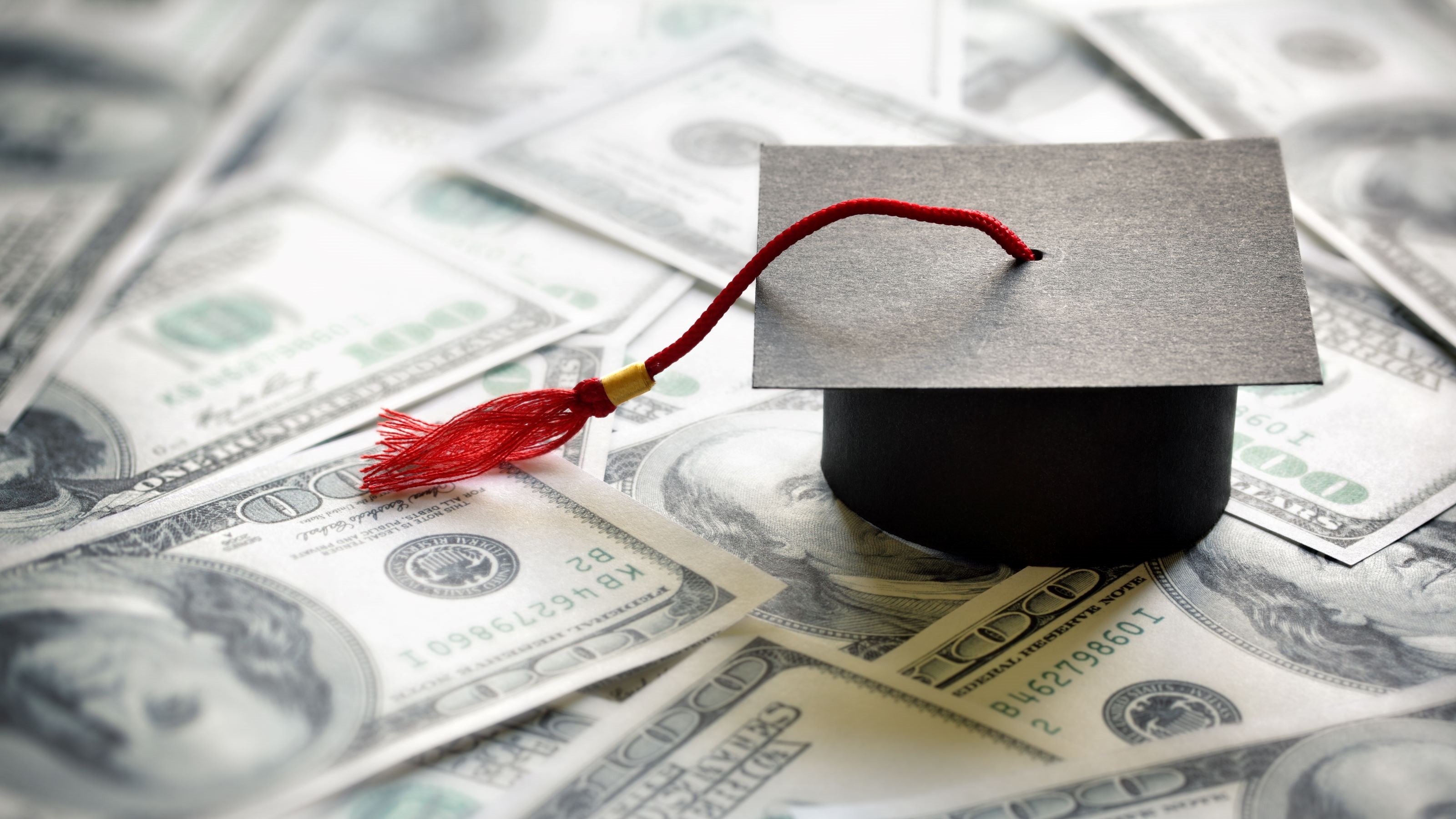Robot Technology On the Rise
At home and at the office, robots will be keeping watch and helping out.
The next generation of robots is fast approaching the doorsteps of many homes and businesses, ready to perform a variety of chores, thanks to rapid advances in microprocessors, software, miniaturized cameras, materials and Wi-Fi.
In the works are automatons that can watch for home intruders when you’re away -- and let out a shrill yell while calling police if they spot any – and patrol industrial sites with cameras and microphones to allow executives to tour a plant without being there. Also in development are robots that can be used by pharmaceutical firms to rapidly test new compounds and enhance quality control and by food processors to check prepared foods and ingredients for bacterial contamination.
Also coming soon: Machines that will assist the infirm and remind you to take your medications. Plus ones that do windows and mop floors -- joining the current crop of home helpers that mow lawns and vacuum up dust bunnies.

Sign up for Kiplinger’s Free E-Newsletters
Profit and prosper with the best of expert advice on investing, taxes, retirement, personal finance and more - straight to your e-mail.
Profit and prosper with the best of expert advice - straight to your e-mail.
Among the manufacturers of sophisticated home robots are Robosoft, MobileRobots, ReadyBot and Floorbotics. By mid-decade, sales of domestic robots will reach the $5 billion level, about five times the mark hit last year. The bulk of current domestic robot sales is made up of robotic vacuum cleaners.
Leading makers of business and industrial robots are ABB, Adept Technology, Dexmart and Fanuc Robotics. As recessionary fears abate, sales of industrial robots will pick up. Though sales this year will remain well below $1 billion -- their peak in 2007 before demand by automakers and manufacturers tanked -- they’ll likely grow to $3 billion a year by 2015.
Helping to spark the growth of industrial robots? The green tech industry, which plans to use them to produce solar cells, wind turbines and advanced auto batteries needed for plug-in vehicles.
Of course, the military continues to be the largest user of robotics -- by far. Its purchases of robots and drones for battlefield and security purposes will likely tally $10 million this year and double that by mid-decade.
But as computer directed robots proliferate in homes, businesses and elsewhere, the possibility of them running amok will also increase. As M. Ryan Calo, a fellow at Stanford University’s Center for Internet and Society, asks, what if someone hacks a robot’s software remotely and, say, reprograms it to open the door to crooks instead of calling the police?
To guard against such mishaps -- and keep trial lawyers at bay -- manufacturers will strive to build in anti-hacking safeguards as well as rigorous safety systems to keep robots from inadvertently injuring people in the course of performing their tasks.
For weekly updates on topics to improve your business decisionmaking, click here.
Get Kiplinger Today newsletter — free
Profit and prosper with the best of Kiplinger's advice on investing, taxes, retirement, personal finance and much more. Delivered daily. Enter your email in the box and click Sign Me Up.
-
 Stock Market Today: Stocks Gain on Tech, Auto Tariff Talk
Stock Market Today: Stocks Gain on Tech, Auto Tariff TalkThe Trump administration said late Friday that it will temporarily halt tariffs on some Chinese tech imports.
By Karee Venema
-
 Sam's Club Plans Aggressive Expansion: Discover Its New Locations
Sam's Club Plans Aggressive Expansion: Discover Its New LocationsSam's Club expansion plans will open up to 15 new stores each year. Learn where they plan to open in 2025.
By Sean Jackson
-
 What To Know if You’re in the Market for a New Car This Year
What To Know if You’re in the Market for a New Car This YearThe Kiplinger Letter Buying a new car will get a little easier, but don’t expect many deals.
By David Payne
-
 Will Lower Mortgage Rates Bring Relief to the Housing Market?
Will Lower Mortgage Rates Bring Relief to the Housing Market?The Kiplinger Letter As mortgage rates slowly come down here's what to expect in the housing market over the next year or so.
By Rodrigo Sermeño
-
 Car Prices Are Finally Coming Down
Car Prices Are Finally Coming DownThe Kiplinger Letter For the first time in years, it may be possible to snag a good deal on a new car.
By David Payne
-
 New Graduates Navigate a Challenging Labor Market
New Graduates Navigate a Challenging Labor MarketThe Kiplinger Letter Things are getting tough for new graduates. Job offers are drying up and the jobless rate is increasing. Are internships the answer?
By David Payne
-
 When's the Best Time to Buy a Domestic Flight? The Kiplinger Letter
When's the Best Time to Buy a Domestic Flight? The Kiplinger LetterThe Kiplinger Letter A new study by CheapAir.com has crunched the numbers.
By Sean Lengell
-
 Woes Continue for Banking Sector: The Kiplinger Letter
Woes Continue for Banking Sector: The Kiplinger LetterThe Kiplinger Letter Regional bank stocks were hammered recently after news of New York Community Bank’s big fourth-quarter loss.
By Rodrigo Sermeño
-
 Anxious Flyers Take Note: The Kiplinger Letter
Anxious Flyers Take Note: The Kiplinger LetterThe Kiplinger Letter Whether it's the routes to avoid that have the most turbulence or the safest airline, we've got you covered.
By Sean Lengell
-
 The Auto Industry Outlook for 2024
The Auto Industry Outlook for 2024The Kiplinger Letter Here's what to expect in the auto industry this year. If you’re in the market for a car it won’t be quite as daunting as it was during the pandemic and after.
By David Payne